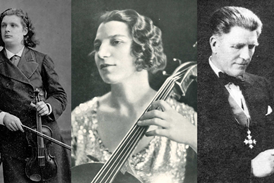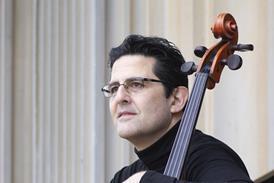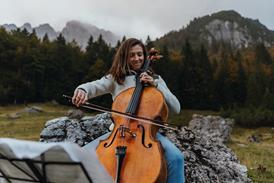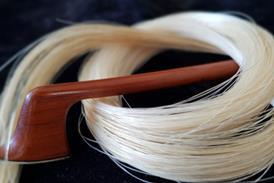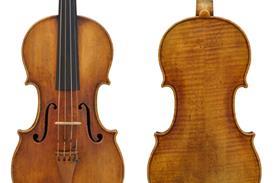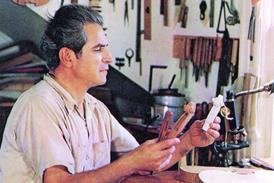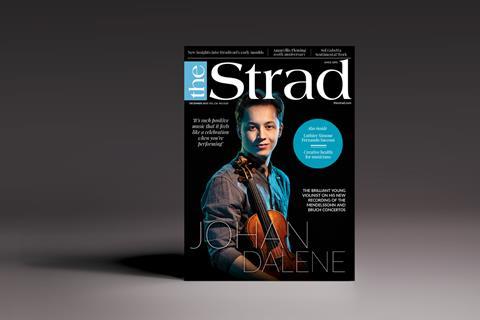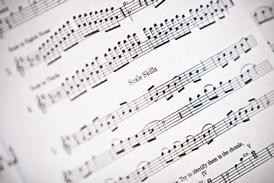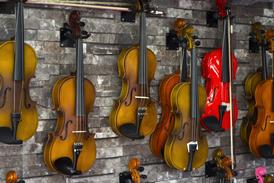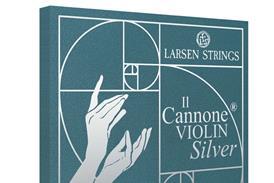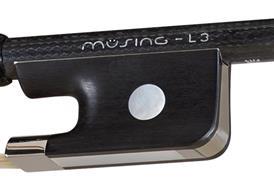- News
- For Subscribers
- Student Hub
- Playing Hub
- Directory
- Lutherie
- Magazine
- Magazine archive
- Whether you're a player, maker, teacher or enthusiast, you'll find ideas and inspiration from leading artists, teachers and luthiers in our archive which features every issue published since January 2010 - available exclusively to subscribers. View the archive.
- Jobs
- Shop
- Podcast
- Contact us
- Subscribe
- School Subscription
- Competitions
- Reviews
- Debate
- Artists
- Accessories
Masterclass: Arabella Steinbacher on Ravel’s Tzigane

The German violinist gives advice on how to inject character and charisma into the daunting solo introduction of this much-loved work. From February 2018
I first played Ravel’s Tzigane when I was 14 years old and immediately I loved it. It isn’t a typical virtuoso piece, where the aim is just to show off: there is so much depth and musicality to it. I had the opportunity to play it with a student orchestra when I was the same age, and it was a very scary experience, to play completely alone for the first five minutes – almost half the piece – with the orchestra sitting behind me, listening. It taught me, as a young player, to be confident…
Already subscribed? Please sign in
Subscribe to continue reading…
We’re delighted that you are enjoying our website. For a limited period, you can try an online subscription to The Strad completely free of charge.
* Issues and supplements are available as both print and digital editions. Online subscribers will only receive access to the digital versions.






